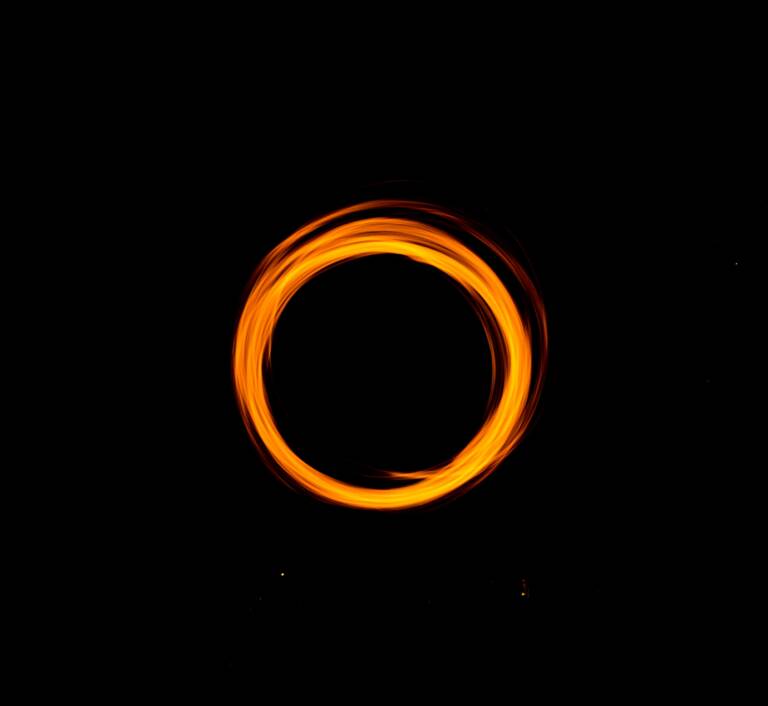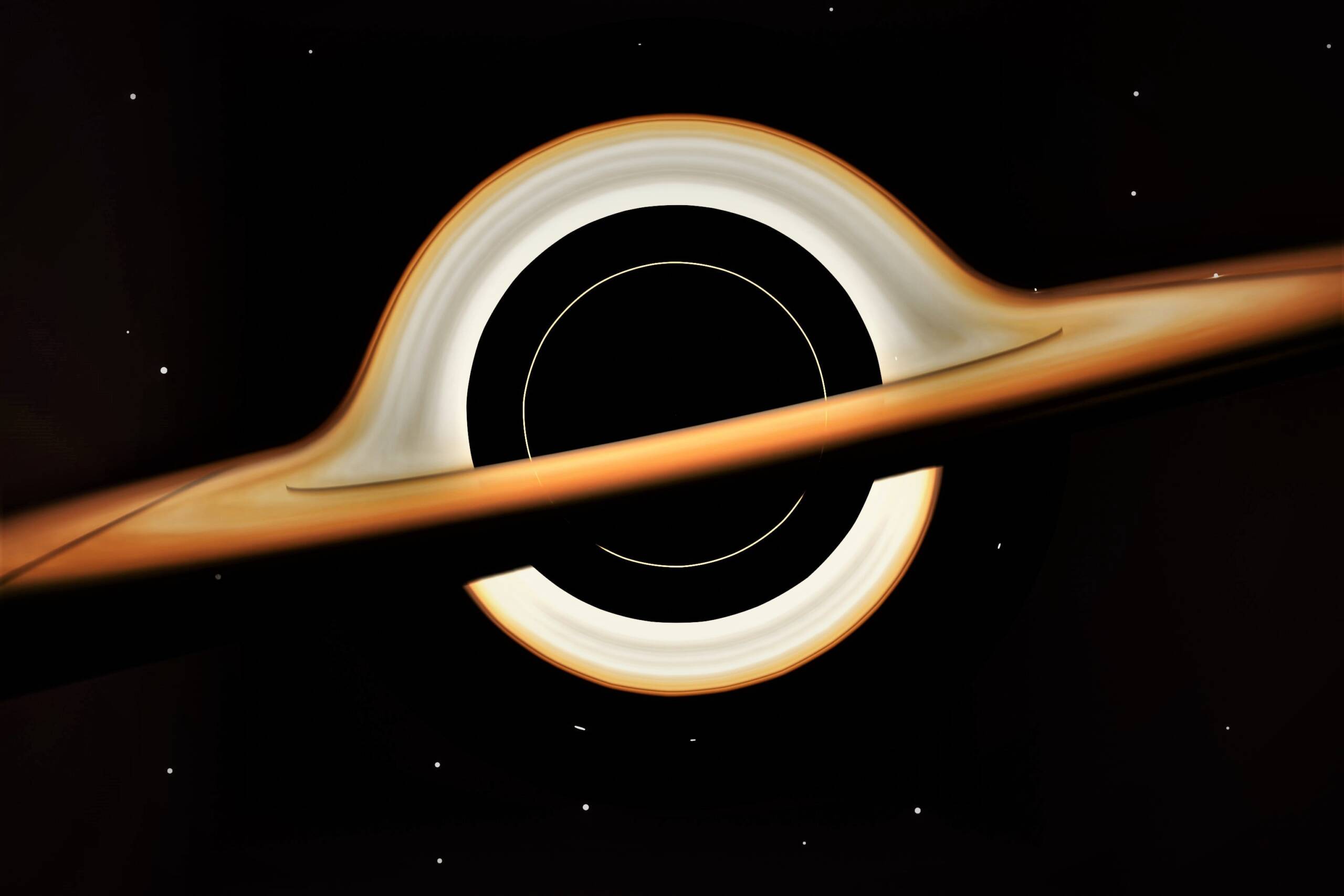Scientists simulate a black hole in the laboratory to prove Hawking’s theories

A team of physicists from the University of Amsterdam in the Netherlands have simulated the event horizon of a black hole in the laboratory and observed the equivalent of an elusive form of radiation first theorized by Stephen Hawking, as reported from Science Alerts . The event horizon is the outer limit of a black hole beyond which no internal event can affect an internal observer, that is, it is the limit beyond which nothing, neither radiation nor particle, can leave the black hole.
The new discovery could help the scientific community develop an entirely new theory that combines the general theory of relativity with the principles of quantum mechanics.
Researchers used a single-file chain of atoms to simulate the event horizon of a black hole under laboratory conditions. The resulting Hawking radiation — particles created by perturbations of quantum fluctuations caused by the black hole tearing apart spacetime — manifested itself as a visible glow. Howking radiation is thermal radiation that the English physicist theorized would be emitted right from the event horizon.
Some scientists believe that Hawking radiation could help bridge the gap between the general theory of relativity and quantum mechanics, which have completely different principles than those we see in the observable universe, but on a microscale.
One of Stephen Hawking's major ambitions in life was to work on a unified theory of quantum gravity that could unify the two irreconcilable theories and could, therefore, be applied universally.
The event horizon of a black hole is the area where no light or matter can escape. What happens beyond this point exists only in theory, with some theories suggesting that some black holes could be wormholes providing shortcuts to distant regions of the universe.
In 1974, Stephen Hawking proposed that disruptions of quantum fluctuations in the event horizon release a type of radiation very similar to thermal radiation. The problem is that this radiation is probably too weak to be detected by Earth.
This is where the simulated black hole comes into play. The group of scientists set out to analyze the properties of Hawking radiation by creating an analogue in the laboratory.
It's not the first time that scientists have simulated a black hole in the laboratory, but Dutch scientists have managed to see a glow in the simulated event horizon when certain conditions were met.
Their one-dimensional chain of atoms essentially allowed electrons to "jump" from one location to another. They were able to alter how easily the jump could occur, creating a type of event horizon that interfered with the wave nature of electrons.
According to the scientists, this produced a temperature increase that matches theoretical expectations, but only when part of the chain of atoms extended beyond the event horizon. This could mean that the entanglement of particles at the event horizon could be what generates the Hawking radiation.

Thanks to our Telegram channel you can stay updated on the publication of new articles from Economic Scenarios.
The article Scientists simulate a black hole in the laboratory to prove Hawking's theories comes from Economic Scenarios .
This is a machine translation of a post published on Scenari Economici at the URL https://scenarieconomici.it/scienziati-simulano-un-buco-nero-in-laboratorio-per-comprovare-le-teorie-di-hawking/ on Thu, 17 Nov 2022 07:00:21 +0000.

